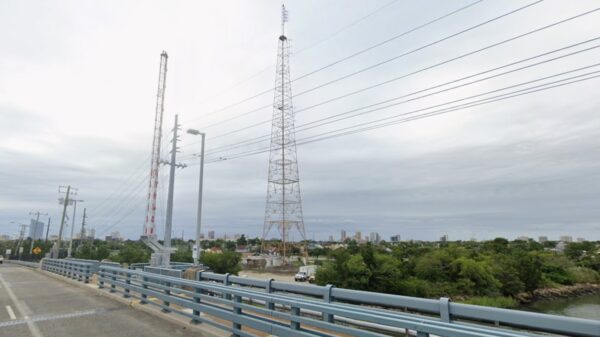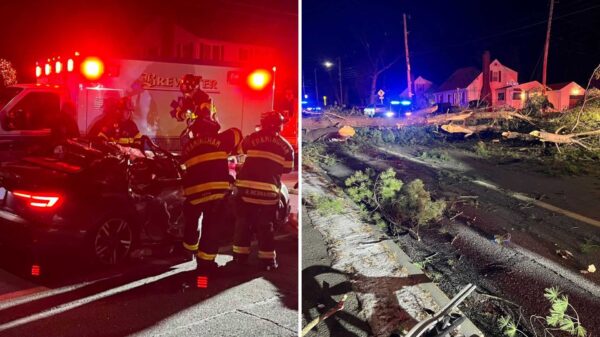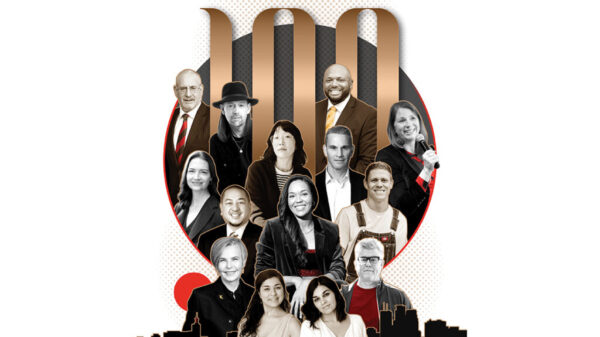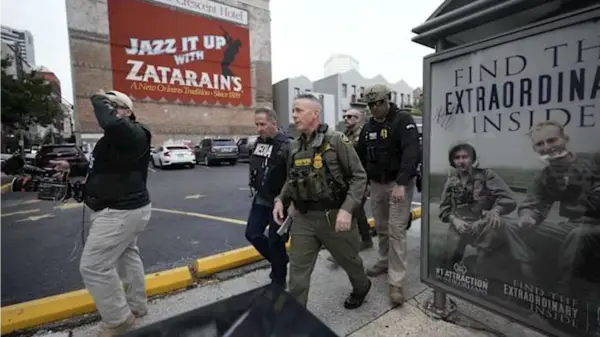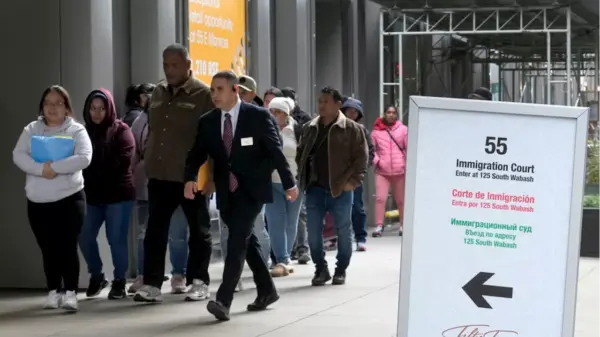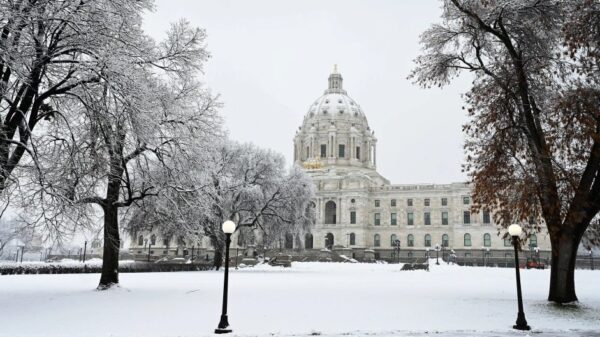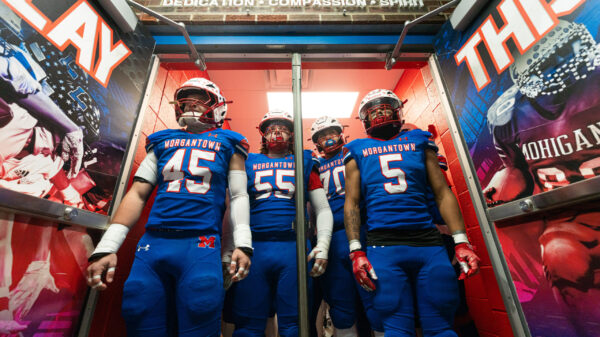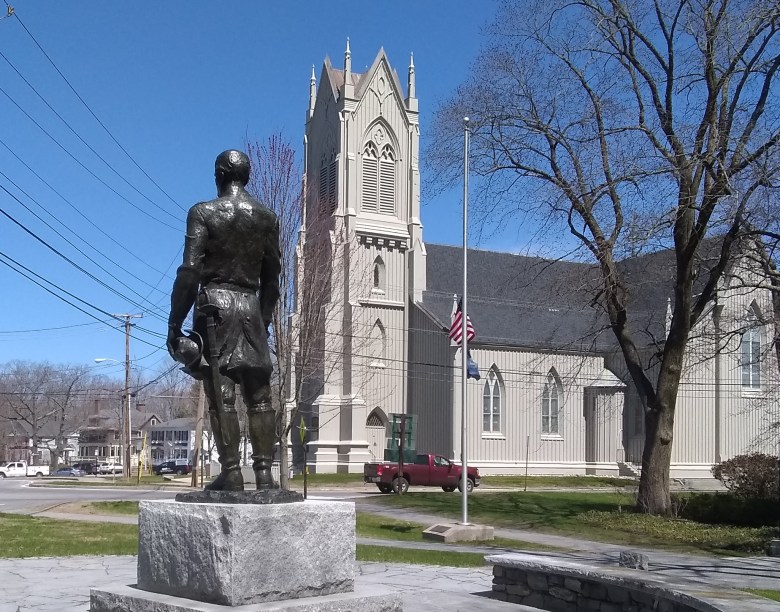The First Parish Church in Brunswick, Maine, marks its 180th anniversary this year, standing as a testament to the community’s rich history and cultural significance. This iconic structure, known as the “Church on the Hill,” has been a focal point for worship and social gatherings since its dedication on March 18, 1846. Over the years, it has witnessed monumental events and has hosted influential figures, making it a cornerstone of Brunswick’s identity.
From Humble Beginnings to a Historic Landmark
The origins of the First Parish Church trace back to 1735, when the first meeting house was constructed about one mile south of Bowdoin College. This initial structure served not only as a place of worship but also as a local governance center for over 70 years. By the mid-1750s, a second meeting house was built to accommodate the growing population of East Brunswick. However, this building was abandoned by 1834.
In 1806, a new meeting house was erected at the current site, designed by Samuel Melcher. This structure was notable for being the first heated church in town and housed the first bell ever rung in Brunswick. After nearly four decades of service, it was decided that a more substantial building was needed to serve the parish.
Construction of the current edifice began on July 10, 1845, under the architectural guidance of Richard Upjohn, a prominent British-born architect. The Gothic Revival style of the new church reflected the era’s architectural trends and was completed at a cost of $13,101.68.
A Hub for Influential Figures and Events
The First Parish Church has been a site of inspiration and influence throughout its history. One significant moment occurred during the winter of 1850-51 when Harriet Beecher Stowe experienced a profound epiphany while attending a sermon delivered by the Rev. George Adams. This moment inspired her to write the anti-slavery novel, “Uncle Tom’s Cabin,” which played an essential role in galvanizing public sentiment against slavery in the United States.
The church has also been a gathering place for numerous Bowdoin College commencements, hosting important speeches by notable figures such as Civil War General Ulysses Grant, poet Henry Wadsworth Longfellow, and civil rights leader Dr. Martin Luther King Jr..
The church’s prominent congregation included Joshua Chamberlain, a key figure in American history. Chamberlain, who served as a Union general during the Civil War, was married at the church and continued to be an active member until his passing in 1914. In his honor, he funded a stained glass window that continues to adorn the church today.
Tragedy struck on October 30, 1866, when a severe gale caused the church’s tall spire to be blown off. Although the spire was never replaced, the church remains a significant landmark in Brunswick.
In recognition of its historical value, the First Parish Church was added to the National Register of Historic Places in 1969. More recently, in 2009, the church made headlines again when the Reverend Mary Baard became the first woman to serve as pastor.
Today, the First Parish Church continues to be a vital part of the Brunswick community, maintaining its role as the oldest continuously serving spiritual community in the area. As it celebrates this milestone, the church stands not only as a historic structure but also as a living testament to the town’s enduring legacy and its commitment to spiritual and communal life.



